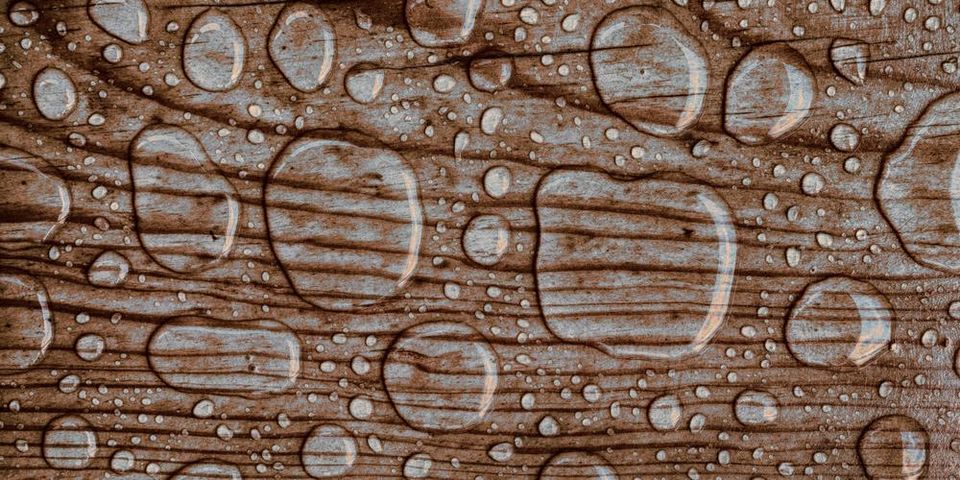Hardwood Floor Refinishing Pros Discuss What Ice Melt Does to Flooring

Keeping your hardwood flooring in great shape can help your home maintain a beautiful floor plan for years to come, which is why Old Reliable Floor Co in Cincinnati, OH, have some tips for you. Their hardwood floor refinishing experts know that the Ohio winters can be harsh, but they urge you to avoid tracking salt or ice melt onto your hardwood floors.
To help you better understand the risk, the flooring pros from Old Reliable Floor Co have compiled some facts about salt and ice melt, as well as how it affects your hardwood flooring.
How Does Salt & Ice Melt Damage Hardwood Floors?
 Salt or other types of ice melt, which almost always contains sodium chloride and other chemicals, will leave a white residue on your floor that, if not cleaned properly, can eat away at your hardwood. Such chemicals do so by first breaking down the protective finish of your hardwood flooring, then staining the actual wood grain of the floor itself, forcing the need for repairs or hardwood floor refinishing.
Salt or other types of ice melt, which almost always contains sodium chloride and other chemicals, will leave a white residue on your floor that, if not cleaned properly, can eat away at your hardwood. Such chemicals do so by first breaking down the protective finish of your hardwood flooring, then staining the actual wood grain of the floor itself, forcing the need for repairs or hardwood floor refinishing.
How Do I Prevent Salt & Ice Melt From Damaging My Floors?
The best way to avoid damaging your hardwood floors is by being careful when you enter your home during the winter, especially if you have children. When melting snow or moisture from your shoes is tracked inside, clean the floor as soon as possible so chemicals don’t have time to eat away at your floor’s finish. For those looking for an alternative ice melt that won’t damage floors, the hardwood floor refinishing experts from Old Reliable Floor Co recommend using kitty litter or sand.
To learn more about how to avoid damaging your hardwood floors during the winter, contact the professionals from Old Reliable Floor Co today at (513) 922-5598. They also specialize in staining hardwood floors and carry a wide range of hardwood floor finish, so visit them online for a closer look at their services.
About the Business
Have a question? Ask the experts!
Send your question

